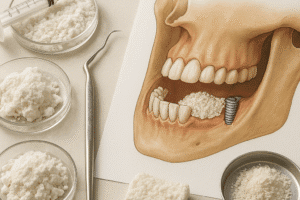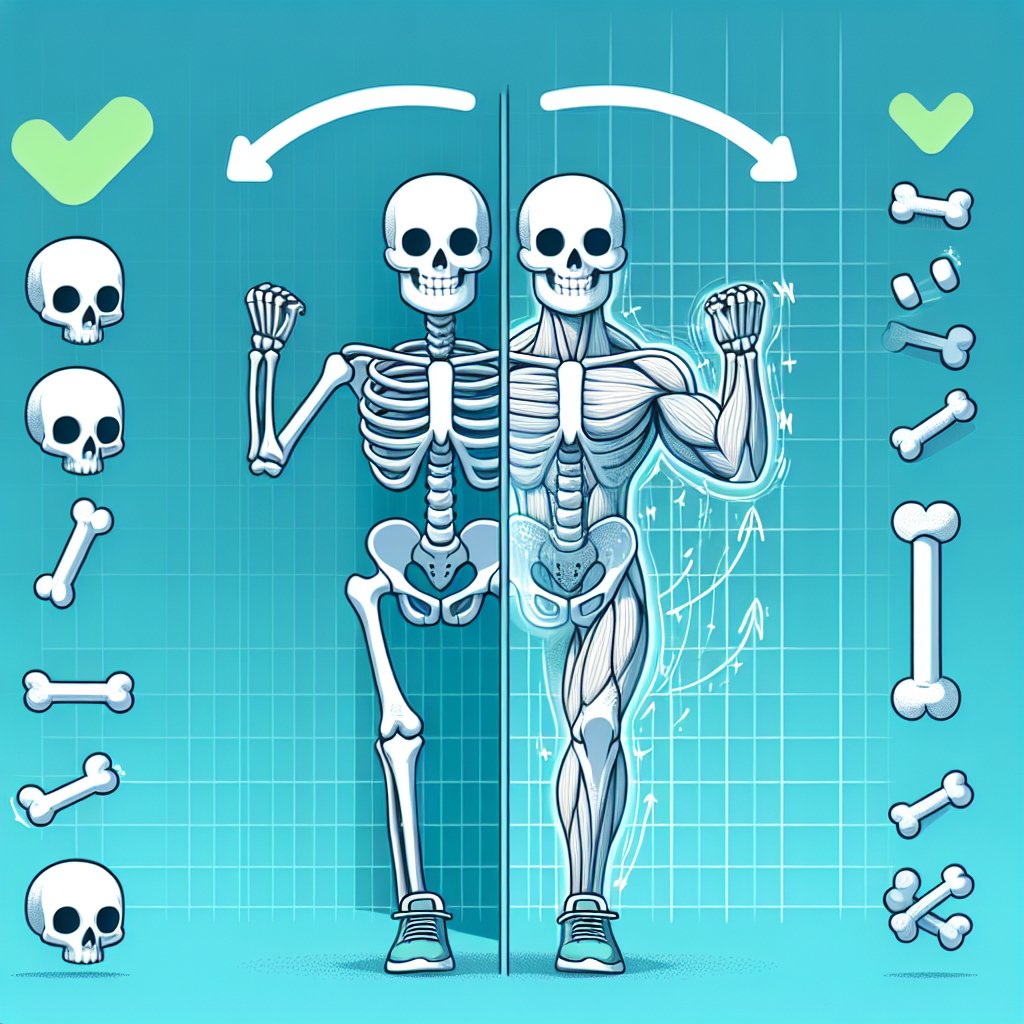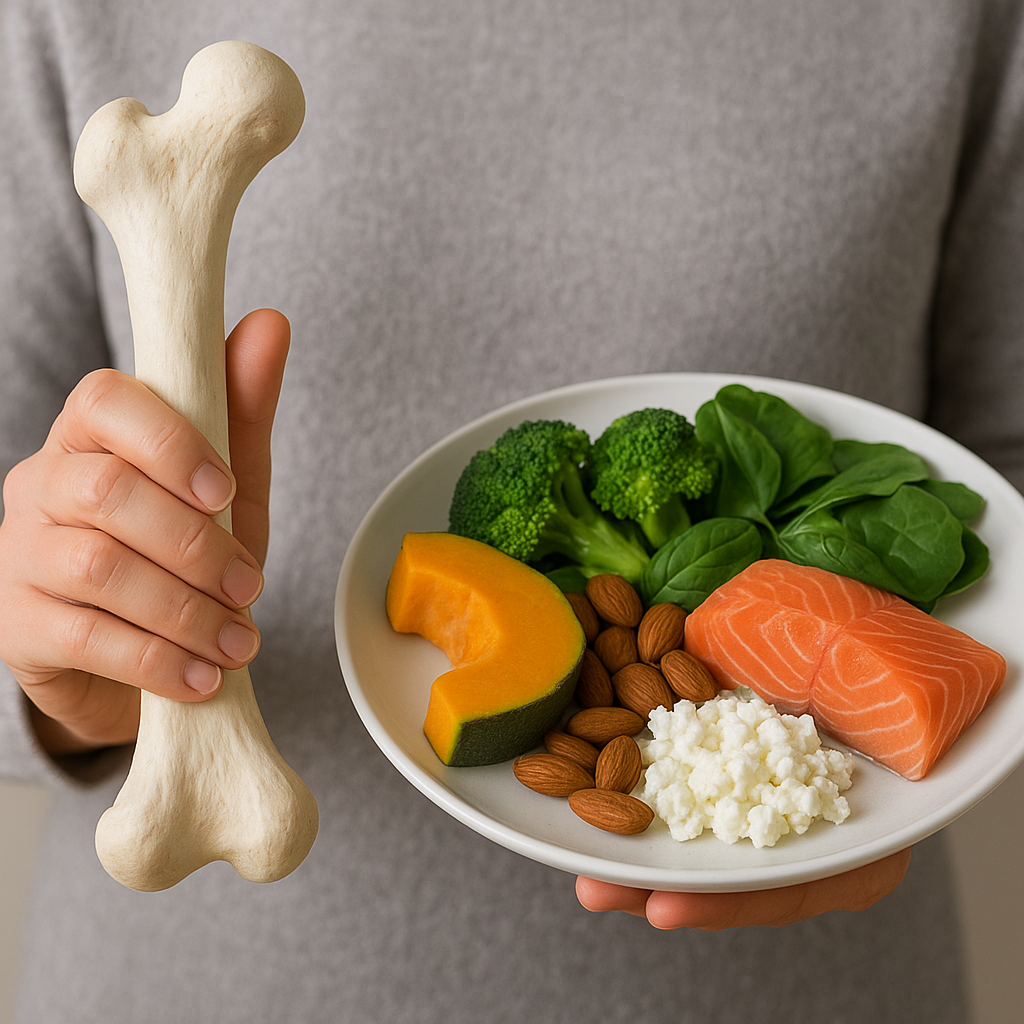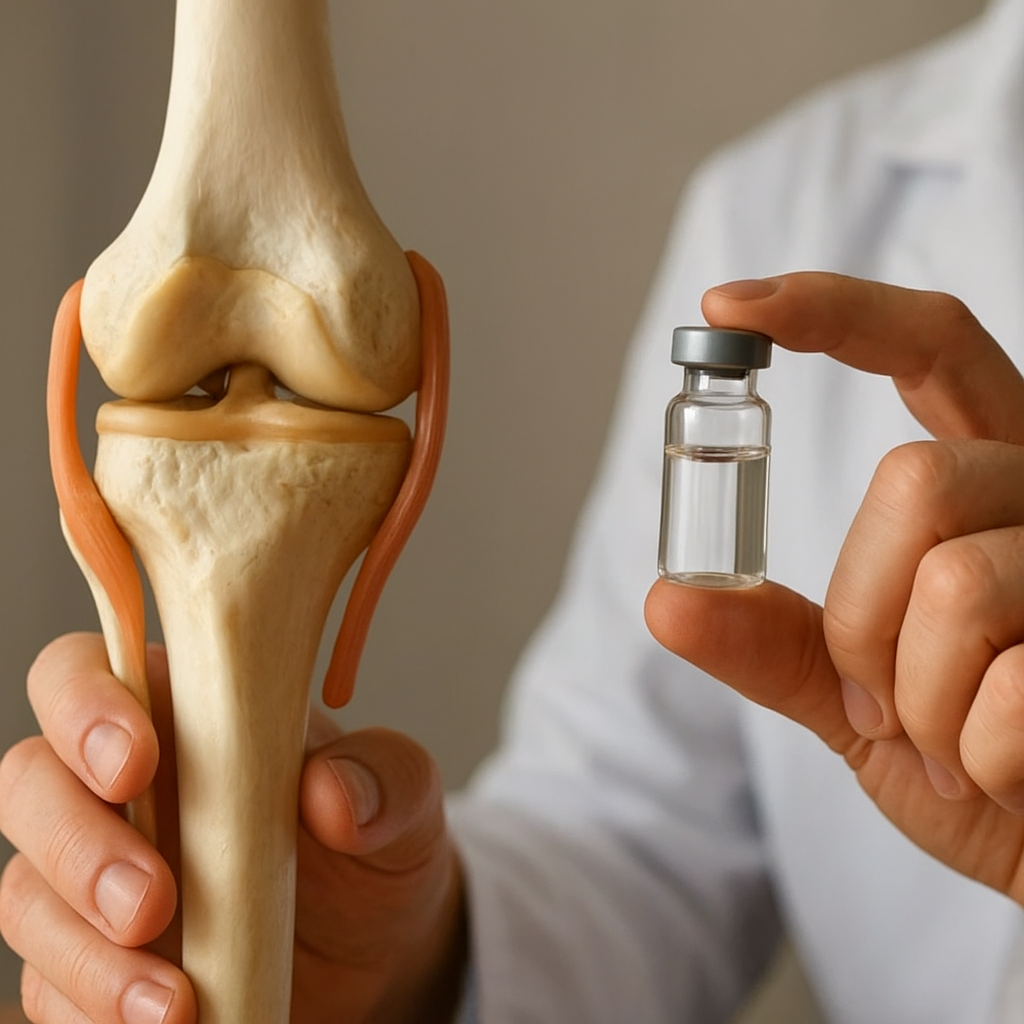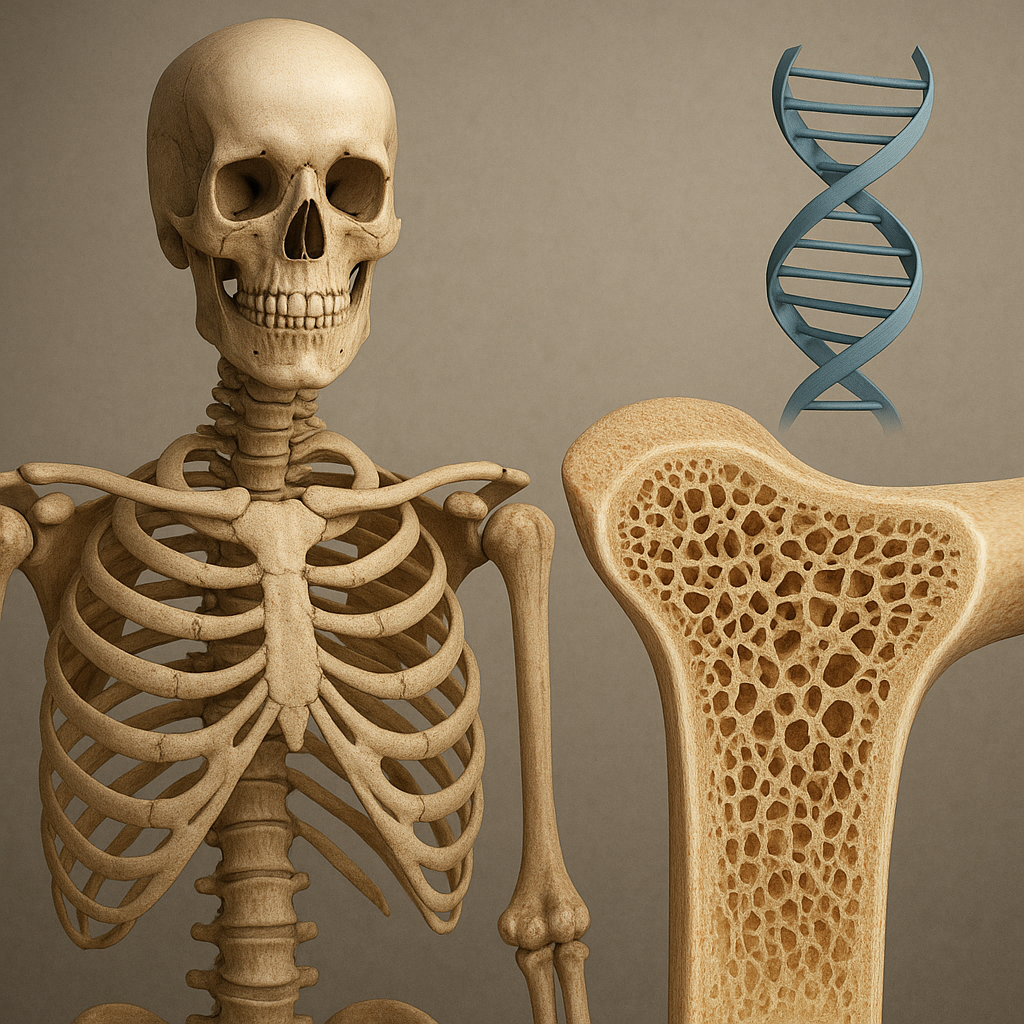The ability of bones to adapt to physical stress and activity is a remarkable aspect of human physiology. This adaptability is crucial for maintaining skeletal health and function throughout life. Understanding how bones respond to various forms of stress can provide insights into injury prevention, rehabilitation, and overall physical performance. This article will explore the mechanisms behind bone adaptation, the factors influencing this process, and the implications for physical activity and health.
Understanding Bone Adaptation
Bone adaptation is a dynamic process that involves the remodeling of bone tissue in response to mechanical stress. This process is primarily regulated by two types of cells: osteoblasts, which are responsible for bone formation, and osteoclasts, which are involved in bone resorption. The balance between these two activities determines the overall density and strength of the bone.
The Mechanostat Theory
One of the key concepts in understanding how bones adapt to stress is the mechanostat theory. Proposed by Harold Frost in the 1980s, this theory suggests that bones have a set point for mechanical loading. When the load on a bone exceeds this set point, the bone responds by increasing its density and strength. Conversely, if the load is below the set point, the bone may become weaker and less dense over time.
This theory is supported by various studies that have shown how bones respond to different types of mechanical loading. For instance, weight-bearing exercises, such as running or resistance training, stimulate bone formation, while a sedentary lifestyle can lead to bone loss. The mechanostat theory highlights the importance of regular physical activity in maintaining bone health.
Bone Remodeling Process
The bone remodeling process is a continuous cycle that involves the resorption of old bone and the formation of new bone. This process is influenced by mechanical stress, hormonal factors, and nutritional status. When bones are subjected to stress, osteocytes, which are mature bone cells, sense the mechanical load and send signals to osteoblasts and osteoclasts to initiate remodeling.
- Osteoblasts: These cells are responsible for synthesizing new bone matrix and mineralizing it to form new bone tissue.
- Osteoclasts: These cells break down old bone tissue, allowing for the removal of damaged or less dense bone.
The balance between the activity of osteoblasts and osteoclasts is crucial for maintaining bone density. In response to increased mechanical loading, osteoblast activity is enhanced, leading to greater bone formation. Conversely, reduced loading can result in increased osteoclast activity, leading to bone resorption and potential osteoporosis.
Factors Influencing Bone Adaptation
Several factors influence how bones adapt to physical stress and activity. These include age, sex, genetics, nutrition, and the type of physical activity performed.
Age and Bone Health
As individuals age, the balance between bone formation and resorption tends to shift. In younger individuals, bone formation typically exceeds resorption, leading to an increase in bone mass. However, after peak bone mass is reached in the late twenties to early thirties, bone resorption may begin to outpace formation, particularly in postmenopausal women due to decreased estrogen levels. This shift can lead to a higher risk of fractures and osteoporosis.
Sex Differences
Sex plays a significant role in bone health and adaptation. Men generally have larger and denser bones than women, partly due to higher levels of testosterone, which promotes bone formation. Women, on the other hand, experience significant bone loss during menopause, making them more susceptible to osteoporosis. Understanding these differences is essential for developing targeted interventions to promote bone health in both men and women.
Genetics and Bone Density
Genetic factors also play a crucial role in determining an individual’s bone density and response to physical stress. Studies have identified specific genes associated with bone mass and strength, suggesting that genetics can influence how effectively bones adapt to mechanical loading. However, while genetics set the foundation for bone health, lifestyle factors such as diet and exercise can significantly modify these genetic predispositions.
Nutrition and Bone Health
Nutrition is a critical factor in bone adaptation. Adequate intake of calcium and vitamin D is essential for maintaining bone density and supporting the remodeling process. Calcium is a primary component of bone tissue, while vitamin D facilitates calcium absorption in the gut. A diet lacking in these nutrients can impair bone health and reduce the bones’ ability to adapt to physical stress.
In addition to calcium and vitamin D, other nutrients such as protein, magnesium, and phosphorus also play important roles in bone health. A well-balanced diet that includes a variety of nutrients is essential for optimal bone adaptation and overall skeletal health.
Types of Physical Activity
The type of physical activity performed can significantly influence how bones adapt to stress. Weight-bearing exercises, such as walking, running, and resistance training, are particularly effective at stimulating bone formation. These activities create mechanical loads that bones must adapt to, promoting increased density and strength.
On the other hand, non-weight-bearing activities, such as swimming or cycling, while beneficial for cardiovascular health, may not provide the same level of stimulus for bone adaptation. Therefore, incorporating a variety of physical activities into a fitness routine is essential for promoting optimal bone health.
Implications for Health and Performance
Understanding how bones adapt to physical stress has significant implications for health and performance. By recognizing the factors that influence bone health, individuals can take proactive steps to maintain and improve their skeletal strength.
Injury Prevention
One of the primary benefits of promoting bone adaptation through physical activity is the potential for injury prevention. Stronger bones are less susceptible to fractures and other injuries. Engaging in regular weight-bearing exercises can help build bone density, reducing the risk of osteoporosis and related fractures, particularly in older adults.
Rehabilitation and Recovery
For individuals recovering from bone injuries or surgeries, understanding the principles of bone adaptation can inform rehabilitation strategies. Gradually reintroducing mechanical loading through physical therapy can stimulate bone healing and promote recovery. Tailoring rehabilitation programs to include appropriate weight-bearing exercises can enhance the healing process and restore bone strength.
Enhancing Athletic Performance
For athletes, optimizing bone health is crucial for enhancing performance. Strong bones provide a solid foundation for athletic movements, reducing the risk of injury and improving overall performance. Incorporating strength training and weight-bearing exercises into training regimens can help athletes build and maintain bone density, contributing to their success in their respective sports.
Long-term Health Benefits
Maintaining healthy bones throughout life has long-term health benefits. Strong bones contribute to overall mobility and independence, particularly in older adults. Engaging in regular physical activity and ensuring proper nutrition can help individuals maintain bone health, reducing the risk of fractures and improving quality of life as they age.
Conclusion
The adaptability of bones to physical stress and activity is a complex and dynamic process influenced by various factors, including age, sex, genetics, nutrition, and the type of physical activity performed. Understanding these mechanisms is essential for promoting bone health, preventing injuries, and enhancing athletic performance. By prioritizing regular weight-bearing exercises and maintaining a balanced diet rich in essential nutrients, individuals can support their bones’ ability to adapt and thrive throughout their lives.





